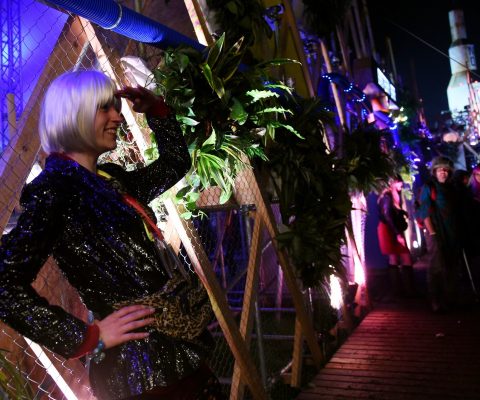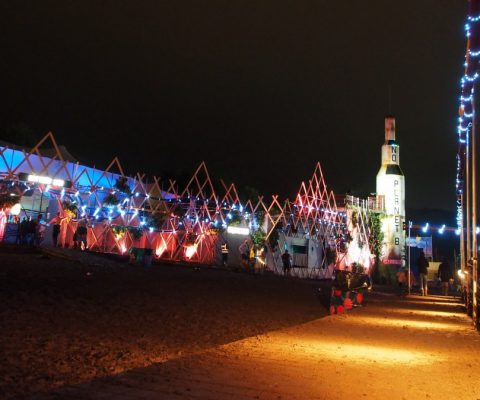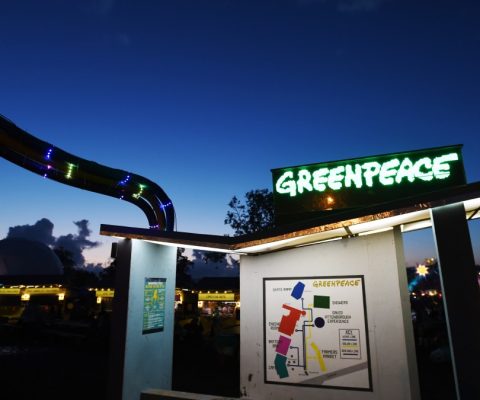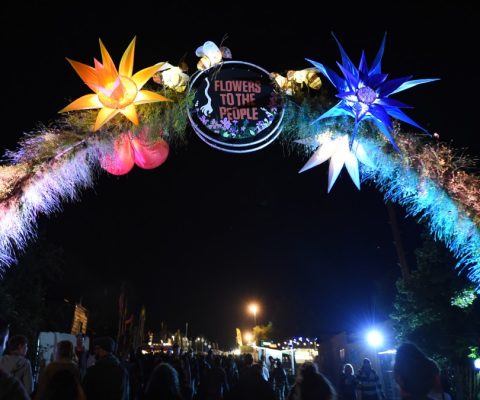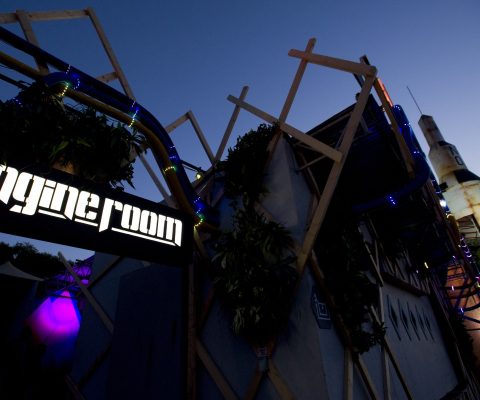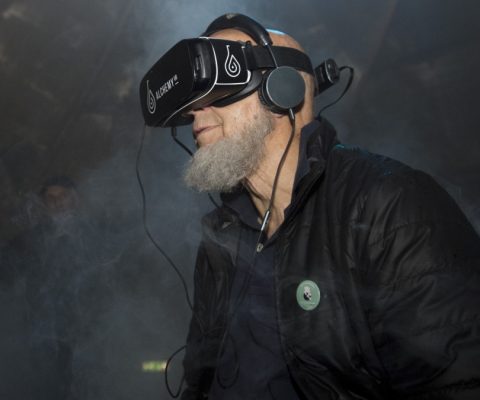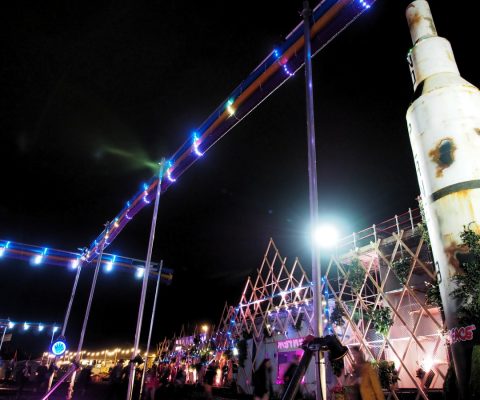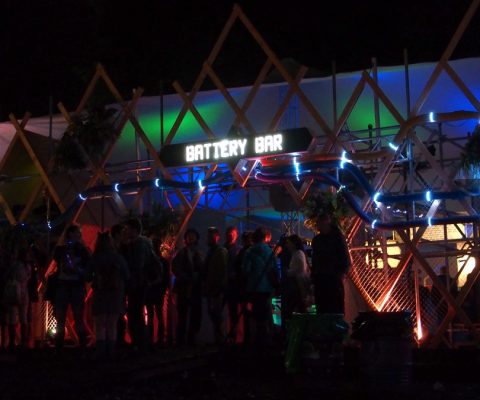
Mass Participation Game: Glastonbury 2016
In 2016, Greenpeace wanted to use their field at Glastonbury Festival to get people thinking about de-carbonising our world, looking at what greener cities and sustainable energy networks might look like in practice. With this in mind, they split the field into zones looking at different forms of clean energy generation, and brought us on board to bring their ideas to life.
Mass participation and playing with light
Each year at Glastonbury, the creative team introduces interactive elements in to the Greenpeace field. By participating in an adventure, people become more engaged with the ideas, which means its more likely to affect their actions and behaviour in future.
This was the first time that human interaction combined with lighting technology was used by the team to create a game that told a story – that if we work together, we can achieve the changes needed to sustain and boost our energy networks.
Get in contact
Human interaction with technology
A key part of the field was an energy grid, which came alive at night as rings of light pulsed down the pipes from the different sources around the field. We installed sensors throughout the field, up to 50 meters apart, that when connected together by a line of people holding hands further energised the grid – boosting the light levels running across the pipes and enhancing the speed of electrons as they zipped along to their destination.
This demonstrated that individual and ordinary people, when working together, had the influence to create real change – inspiration we hoped people would take home with them after the festival had finished.
The Greenpeace field at Glastonbury is powered by a mix of second generation bio-diesel and solar PV. Great efforts are made to use sustainable materials and recycling policies are in place to re-use any materials not kept for future events. Structures on the field are constructed with materials that are re-used on a cycle of several years.

